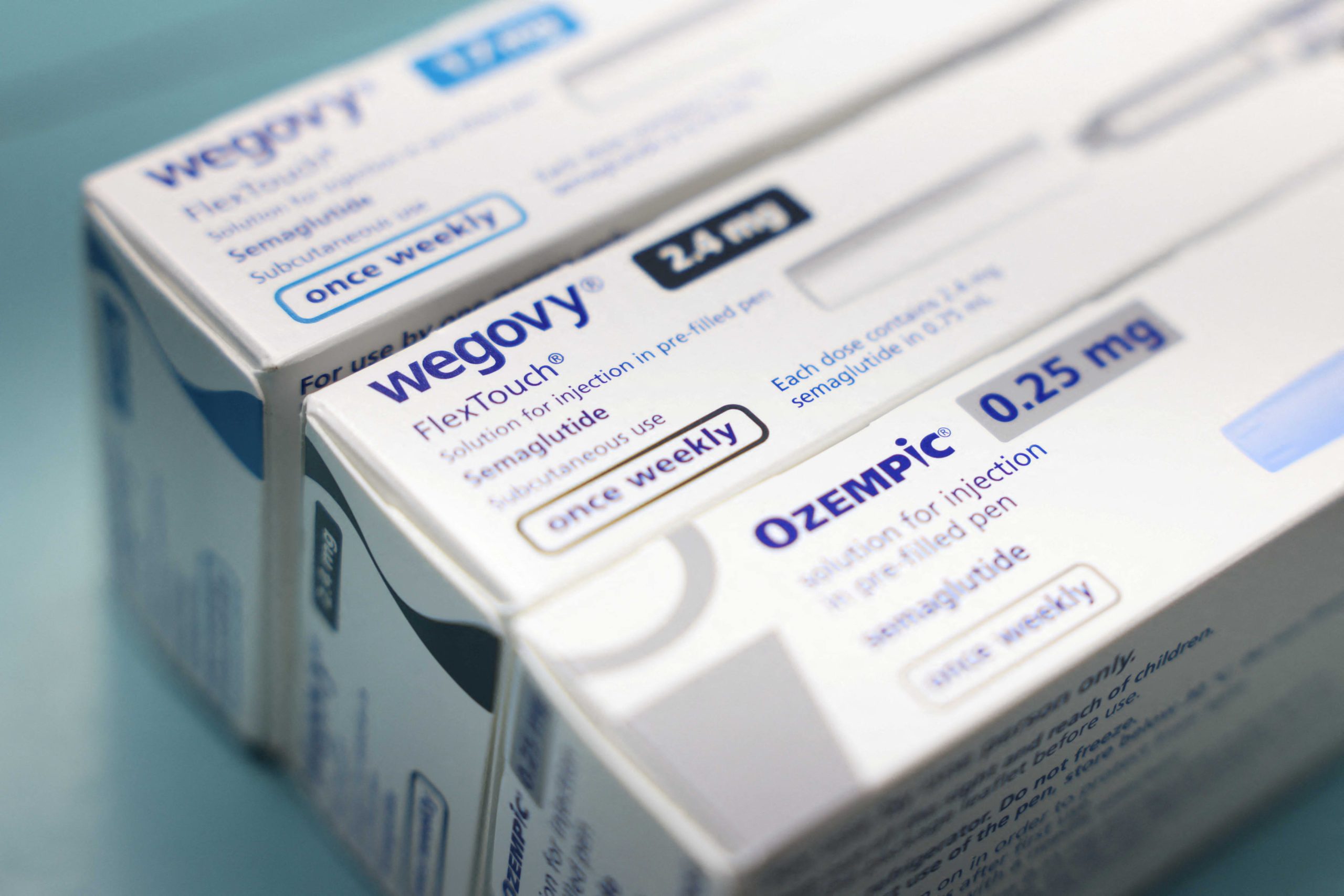A recent analysis of U.S. health insurance claims has revealed that while drugs like Wegovy may help reduce waistlines, they do not significantly decrease overall medical costs for patients with obesity. The study, conducted by Prime Therapeutics, found that the average annual cost of care for patients using GLP-1 medications, such as Wegovy, increased from $12,695 to $18,507 over two years, representing a 46% rise.
This contrasts with a 14% increase in costs for a control group of patients not using these medications. The analysis highlights the financial burden associated with obesity treatment, raising concerns about the economic viability of widespread coverage for such therapies.
Prescription drug costs were primarily responsible for the increase in spending among GLP-1 patients, although medical expenses also rose during the study period. Alarmingly, there was no significant decrease in obesity-related medical events—such as heart attacks, strokes, and new diagnoses of Type 2 diabetes—among patients taking these drugs compared to the control group. This lack of improvement in medical outcomes, despite the higher costs, poses a challenge for healthcare providers and insurers considering the long-term benefits of GLP-1 treatments.

Companies like Novo Nordisk and Eli Lilly have enjoyed substantial profits from their GLP-1 weight-loss drugs, but the analysis raises questions about the potential for these medications to generate overall savings in healthcare costs. With only a small fraction of the estimated 100 million U.S. patients with obesity currently using these drugs, many employers and health officials are hesitant to invest in coverage for such expensive therapies. The concern lies in the upfront costs versus the uncertain future savings these drugs may provide.
The study involved over 3,000 individuals with commercial health plans who began GLP-1 therapy in 2021. It specifically excluded patients with diabetes diagnoses, focusing solely on those prescribed these medications for obesity. Notably, only 25% of patients remained on the prescribed medications after two years, suggesting a challenge in maintaining long-term adherence to treatment. The analysis indicates that employers and insurers should brace for an additional $11,200 in spending per patient over the initial two years, even after factoring in discounts from drug manufacturers.
Experts express caution regarding the conclusions drawn from this analysis. While some believe it indicates a lack of cost-effectiveness for GLP-1 drugs, others argue it may not account for potential savings in specific populations, such as those with severe obesity or multiple health conditions. As the healthcare landscape continues to evolve, the need for more comprehensive data over longer periods may be necessary to fully assess the economic implications of weight-loss medications and their impact on patient outcomes.
